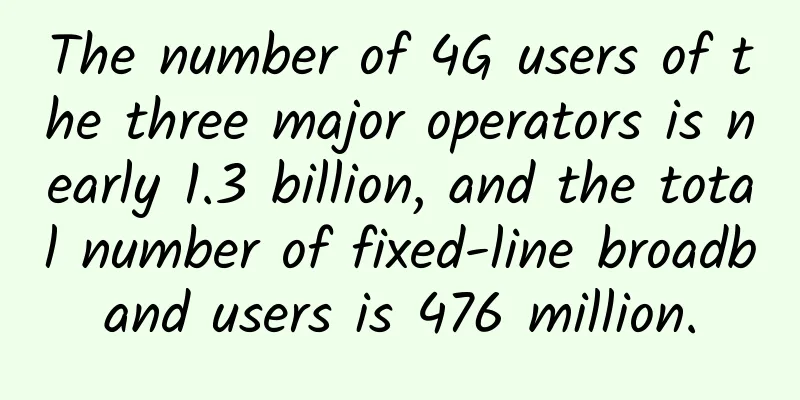5G technology will unleash the huge potential of smart cities and the Internet of Things

|
Imagine a city where self-driving vehicles communicate with traffic lights and ground sensors to resolve traffic congestion.
According to a study by the Canadian Wireless and Telecommunications Association (CWTA), a 10 per cent reduction in commuter travel time could increase productivity, boosting GDP by $270 million in Vancouver and $535 million in Montreal. Or imagine a city where firefighters don’t have to wait to track down building plans to reach a fire. Instead, they navigate the building using real-time virtual reality (VR) technology that eliminates the effects of smoke and flames. These are just some of the potential solutions that may come with the development of 5G, the next generation of cellular technology, and with each generation we have new possibilities. “When 4G came out, I don’t think anyone could have predicted Uber or the many different applications that would emerge,” said Robert Ghiz, president and CEO of CWTA. “Now it’s really unpredictable what’s going to happen, but the possibilities are endless.” 5G technology is expected to be 100 times faster than Canada's existing 4G network and have much lower latency, or delay, when sending and receiving data in real time. It will also be able to handle more connected devices than current networks, allowing them to talk to each other. Driven by artificial intelligence and machine learning, the huge potential of smart cities and the Internet of Things will be unlocked. Mr Ghiz said self-driving cars were one of the main examples of the advances that 5G was expected to enable. Current 4G technology was simply not fast enough. The 2019 report, titled "Accelerating 5G in Canada: Benefits for Urban and Rural Communities," commissioned by the CWTA and written by consulting firm Accenture, said industry and government will be the first to benefit. Healthcare will see connected ambulances, remote and home care, and wearable technology that monitors health. Smart grids will manage energy more efficiently, reducing costs and usage. Smart sensors will optimize everything from street lights to trash removal. “When you look at cities, being able to monitor traffic and infrastructure, as well as social services like smart ambulances or telemedicine, smart healthcare, so you can get services without having to go to the hospital. There are a lot of different innovative applications that will happen in the future because of 5G technology,” said Mr Ghiz. The Accenture report estimates that smart lighting systems that dim and brighten streetlights as needed could save Yellowknife alone $150,000 per year, and Kingston, Ontario, up to $930,000 if combined. “From our perspective, 5G is going to be a game changer in terms of driving certain aspects that will accelerate the development of smart cities,” said Claudia Krywiak, president and CEO of the Ontario Centres of Excellence (OCE). “Certain applications, such as those related to the deployment of connected and autonomous vehicles, and those related to the large-scale deployment of the Internet of Things, really depend on the power of 5G. Right now, you can’t achieve the level of connectivity, the level of density, and the type of latency that you need for those applications with 4G or above,” Ms. Krywiak said. “In Ontario, there are a number of cities beginning to embrace smart city technologies,” Ms. Krywiak said. “All of these types of initiatives will ultimately benefit from the deployment of 5G.” It’s not just large urban centres that will benefit. “5G presents a really good opportunity in terms of rural challenges, particularly in terms of last mile connectivity, because 5G can help keep that last mile connection online,” Ms Krywiak said. Ms. Krywiak said better connectivity between rural and northern communities in Canada would allow people to access services such as telehealth and agriculture. A September 2019 report prepared by the Information and Communications Technology Council (ICTC) said benefits to these regions would include the ability for governments to use technology to deliver a wider range of services further afield and the ability to work remotely, including community and telehealth services. The CWTA study also said smart crop management using sensor networks and aerial scanning could enable targeted pesticide applications, reducing usage by up to 85 per cent, saving the Saskatchewan canola industry alone up to $360 million per year while also reducing impacts on the environment and human health. The report also suggests that expanding broadband coverage to rural and remote areas could boost Newfoundland and Labrador’s GDP by $430 million and Nova Scotia’s by $520 million, by enabling businesses to access national and global labour markets and enabling citizens to work remotely. SmartOne Solutions, a Markham, Ontario-based company involved in the ENCQOR project, has developed a platform that connects smart homes and buildings to smart communities using software that enables applications to work together. SmartOne has also worked with the Toronto Rehabilitation Institute to develop fall detectors and motion sensors to keep patients under control. SmartOne President Ted Maulucci said 5G needs to be demystified. Yes, it's faster, but he said it would require twice as much infrastructure as we have today. "It's a great technology. It's going to enable a lot of really amazing things. But people have to understand it's a huge investment," Mr Maurucci said. "It's like your railroads. Why don't we think of communications infrastructure in the same way." Mr. Maurucci said Canada has to be strategic in building infrastructure. Once the foundation is laid — the physical network, the software platform, machine learning and artificial intelligence to harness the data — the applications that come next will be exciting. “With infrastructure in place, we can really make a tangible impact on community life that will last.” |
<<: These five points cannot be ignored when selecting enterprise SD-WAN!
>>: Smart building wiring, how to make a wise choice?
Recommend
Leading the new trend of the trillion-dollar cloud video market, Huichang Communication was successfully listed on the Growth Enterprise Market
On January 25, 2017, Shanghai Huichang Communicat...
Wuhan East Lake High-tech Zone built a video conferencing system in seconds to improve work efficiency
Under the tough order of "admit everyone who...
Software-defined home products improve remote productivity
As a result of the pandemic, tens of millions of ...
"Smart Travel" in Linzhi, Tibet, during the summer vacation, Wi-Fi has been widely used in WeChat Moments
During the summer vacation, as a hot spot in the ...
The love-hate relationship between Bluetooth 5 and WiFi
It can be said that Bluetooth and Wi-Fi each have...
HTTPS already protects half of all web traffic
Implementing HTTPS transmission has many benefits...
DiyVM: Japan/US/Hong Kong CN2 line VPS 50% off monthly payment starting from 50 yuan, Hong Kong independent server starting from 499 yuan/month
DiyVM is a Chinese hosting company founded in 200...
Mobile performance optimization series - startup speed
Mobile performance has a crucial impact on user e...
80VPS: VPS annual payment starts from 199 yuan, dedicated server starts from 350 yuan/month, Hong Kong/US/Korea data center
Last month, the tribe shared information about 80...
Hosteons Christmas promotion starts from $11.99/year, free double hard disk + traffic + 10Gbps port, multiple computer rooms in the United States/France/Germany
Hosteons is now carrying out the Christmas and Ne...
Microsoft: Open RAN is crucial to network cloudification and the two will eventually merge
In a comment document submitted to the US Federal...
From 4G to 5G, is there only a 1G gap? Four major issues that need to be solved for 5G commercial use
Recently, the State Council issued the "Guid...
Research shows: By 2027, the global 5G infrastructure market is expected to reach US$47.6 billion
A recent report released by Research And Markets ...
Mellanox Launches Innovative ConnectX-6 Dx Chip, BlueField-2 Secure Cloud SmartNIC and I/O Processing Unit Solutions
Beijing, China – September 3, 2019 – Mellanox Tec...
Wi-Fi HaLow and the Evolution of the Smart Home
From the early days of dial-up to the impending a...









